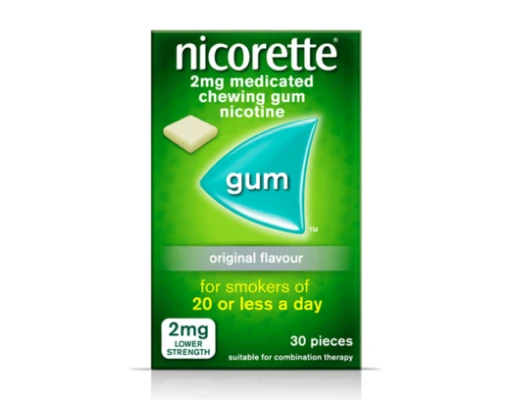Smoking
- Noeline White, Smoking Cessation Counsellor
- 5 minute read
- Last updated: September 2023
Stopping smoking is the single most important thing you can do to prevent another stroke. If you smoke, you are twice as likely to have a stroke. If you have already had a stroke and continue to smoke, you are at high risk of having another stroke or other cardiovascular diseases.

Quitting smoking is key
What does smoking do to your body?
Smoking is the worst thing you can do for your health. When you smoke, you inhale over 7,000 chemicals into your lungs, which then get transferred into your bloodstream.
You also inhale a gas called carbon monoxide which deprives your heart, brain and other organs of oxygen. This increases the stickiness of your blood, interfering with circulation and increasing the risk of blood clots.
Continuing to smoke after a stroke means that this process keeps happening and increases your risk of another stroke.
Make up your mind to quit
A healthcare professional will advise you to stop smoking. Most smokers, especially smokers who have experienced a stroke, know they should stop smoking. However, knowing what you should do and actually doing it are very different things.
You need to make up your mind to stop smoking and be clear that this is what you are going to do. If you are using phrases like “I’m going to try” or “I’ll do my best” or “I’ll see how it goes”, you are not being very decisive.
Noeline’s top tips
‘’If you really want to stop smoking, you need to pick a specific date as to when you are going to begin. Without a specific date, you are likely to keep putting it on the long finger.’’
Noeline White | Smoking Counsellor |
What can help you quit smoking?
There are two forms of help available to you, and if you use both together, you are more than twice as likely to stop smoking.
1. Nicotine replacement therapy (NRT)
Nicotine replacement therapy or NRT is a pharmacological substitute which delivers therapeutic nicotine safely. It prevents withdrawal symptoms and cravings from taking over. There are five forms of NRT:

- Gum
- Patch
- Inhaler
- Lozenges
- Quickmist mouth spray
It is most beneficial if you use two products at the same time – one being the patch (slow release of nicotine) and the other being a fast-acting product.
All of these products are available for free on the GMS medical card from your GP (family doctor). If you don’t have a medical card, you can get them from your local quit smoking clinic, free of charge.
2. Quit smoking clinics
There are lots of quit smoking clinics around the country, offering free, one-to-one professional advice on how to stop smoking.
Each quit smoking specialist is specially trained to advise and encourage you as you try to quit. Having this advice can be a great support during this time.
You can make an appointment at a clinic near you
Classic pitfalls when quitting
- not setting a quit date – feeling it will just happen some day
- postponing your quit date repeatedly while you are waiting for the “right time”
- not using NRT correctly
- not using enough NRT
- believing that reducing your level of smoking is a good alternative
- believing that you can “just have one”
Other information
Top tips
Set a goal
Set a date to quit smoking, It could be a birthday or any date you decide on. Set a date and stick with it.’
Noeline White | Smoking Counsellor |
What’s your why?
“Write down why you want to quit. Think about how smoking affects you, your health and family. Keep a list and read it when you feel tempted to smoke.’’
Noeline White | Smoking Counsellor |
Combat your cravings
‘’Make a plan to combat your cravings. Breathing slowly, a ten-minute walk, calling a friend – there are many ways to quash your cravings’’
Noeline White | Smoking Counsellor |
Frequently asked questions
No. You have done a lot of damage, all of which cannot be undone, but if you keep smoking, you are adding to that damage. It is never too late to stop. By stopping, your body can begin to heal and you will see benefits
No. Smoking is an addiction to nicotine and has the same characteristics as other addictions. Once you are addicted, you are controlled by the addictive substance. If you have one cigarette, you will soon be smoking on a regular basis again. The definition of smoking is “one puff”.
Getting help
What to do if:
I am struggling to quit smoking or e-cigarettes and feel like I need some help.
Things to consider:
No. You have done a lot of damage, all of which cannot be undone, but if you keep smoking, you are adding to that damage. It is never too late to stop. By stopping, your body can begin to heal and you will see benefits